Home>Interior Design>How To Remove Floor Tiles: Step-by-step
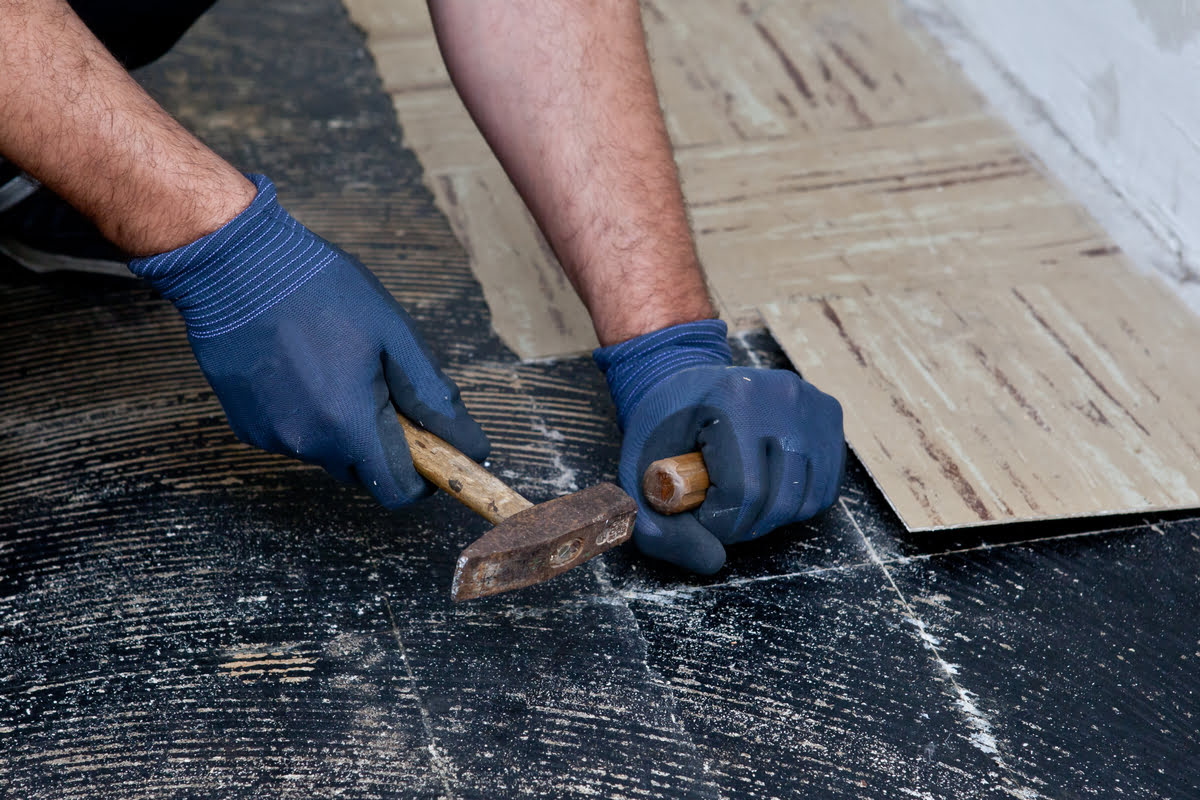

Interior Design
How To Remove Floor Tiles: Step-by-step
Modified: January 19, 2024
Learn how to remove floor tiles with our step-by-step guide, perfect for any interior design project.
(Many of the links in this article redirect to a specific reviewed product. Your purchase of these products through affiliate links helps to generate commission for Storables.com, at no extra cost. Learn more)
Introduction
When it comes to updating the look of your home or tackling a renovation project, removing old floor tiles is often a necessary step. Whether you’re replacing them with new tiles or opting for a different type of flooring, knowing how to remove floor tiles properly is crucial to ensure a smooth and successful process. In this article, we will provide you with a step-by-step guide on how to remove floor tiles effectively.
Before we dive into the details, it’s important to understand that removing floor tiles can be a labor-intensive task that requires patience, the right tools, and proper technique. Depending on the type of tile, the condition of the subfloor, and the adhesive used, the process may vary slightly. However, by following these general guidelines, you can confidently tackle this project.
In the sections below, we will discuss the tools and materials needed, as well as the step-by-step process from preparation to finishing touches. Let’s get started!
Key Takeaways:
- Proper preparation, protective measures, and careful tile removal are essential for a successful floor tile removal project. Prioritize safety, clear the area, and follow step-by-step instructions for a smooth process.
- After removing old floor tiles, thorough cleaning, subfloor repairs, and meticulous finishing touches are crucial for preparing the space for new flooring. Attention to detail and following manufacturer’s instructions are key.
Read more: How To Tile A Floor – In Easy Steps
Tools and Materials Needed
Before you begin removing floor tiles, it’s essential to gather the necessary tools and materials to ensure a smooth and efficient process. Here is a list of what you will need:
- Safety goggles
- Gloves
- Dust mask
- Knee pads
- Hammer
- Chisel
- Putty knife
- Grout saw or multi-tool
- Heavy-duty scraper
- Floor scraper or floor stripper
- Bucket or trash can
- Trash bags
- Floor adhesive remover
- Hot water
- Sponge or scrub brush
- Shop vacuum or broom
- Primer (if needed)
- Patching compound or leveling compound
- Trowel or putty knife for applying compound
- Sanding block or sandpaper
- Floor cleaner
- Mop
Having these tools and materials on hand will make the tile removal process much easier and more efficient. It’s important to prioritize safety, so don’t forget to wear your safety goggles, gloves, dust mask, and knee pads throughout the entire process.
Additionally, it’s a good idea to protect any adjacent surfaces or furniture in the area where you’ll be removing the tiles. You can use drop cloths or plastic sheeting to cover and protect these items from potential damage.
Now that you have your tools and materials ready, let’s move on to the step-by-step process of removing floor tiles.
Step 1: Preparation
Before diving into the physical task of removing floor tiles, it’s crucial to take some time to prepare the area and ensure a smooth and successful process. Here are the steps for preparing the space:
- Clear the area: Remove any furniture, rugs, or other items from the space where you’ll be working. This will provide you with ample room to maneuver and make the tile removal process more efficient.
- Turn off utilities: If your tile removal project is in a kitchen or bathroom where there are water or gas lines, it’s essential to turn off the utilities before beginning. This will prevent any accidents or damage while working.
- Open windows and doors: Proper ventilation is important during the tile removal process as it can generate dust and potentially release fumes from adhesive removers. Open windows and doors to allow fresh air to circulate.
- Protect yourself: Put on your safety goggles, gloves, dust mask, and knee pads. These protective items will shield you from debris, dust, and potential injuries during the tile removal process.
By following these preparation steps, you’ll create a safe and organized environment to tackle the tile removal project. Taking the time to properly prepare will make the rest of the process much smoother.
Step 2: Removing Baseboards and Furniture
Before you can start removing the floor tiles, it’s important to remove any baseboards and clear the area of furniture. This will allow you to work more efficiently and prevent any damage to these items during the tile removal process. Here’s how to proceed:
- Remove baseboards: Use a putty knife or a small pry bar to gently pry the baseboards away from the wall. Start at one end and work your way along, being careful not to damage the baseboard or the wall. Set the removed baseboards aside in a safe place.
- Clear the area: Take the time to clear the space of any furniture, rugs, or other items that could obstruct your work area. This will give you plenty of room to move around and work comfortably.
- Store furniture and other items safely: If possible, move furniture and other items to another room to keep them protected. If moving them out of the room is not an option, cover them with plastic sheeting to prevent dust and debris from settling on them.
Removing baseboards and clearing the area of furniture not only provides you with a clean working space but also prevents potential damage to these items during the tile removal process. Store the removed baseboards safely, as you will need to reinstall them after the tiles are removed and the floor is prepared for the next steps. Now that the area is cleared, you can move on to the next step in the process.
Step 3: Protective Measures
Before you begin the process of removing floor tiles, it’s essential to take certain protective measures to safeguard yourself and the surrounding areas. Here are the crucial steps to follow:
- Wear protective gear: Put on safety goggles, gloves, a dust mask, and knee pads to protect yourself from debris, dust, and potential injuries during the tile removal process. These items will minimize the risks and ensure your safety.
- Protect adjacent surfaces: Use painter’s tape to cover any adjacent surfaces that you want to keep clean and undamaged. This can include walls, countertops, cabinets, or appliances that are near the area where you’ll be removing the tiles.
- Use floor protectors: If you’re working in a room with hardwood or delicate flooring, lay down floor protectors such as drop cloths or cardboard sheets to prevent any accidental scratches or damage.
- Seal off the area: If possible, close off the room or section you’re working in by hanging plastic sheeting or using zipper barriers. This will help contain the dust and debris generated during the tile removal process, making it easier to clean up later.
- Create a designated disposal area: Set up a designated area for disposing of the removed tiles and other debris. This can be a designated trash can or a temporary dumpster placed outside your home.
By taking these protective measures, you’ll ensure a safer working environment and prevent any potential damage to adjacent surfaces and belongings. Protecting yourself and the surrounding areas is essential for a smooth and successful floor tile removal process. Once you’ve implemented these protective measures, you’re ready to move on to the next step.
Read more: How To Remove Shower Floor Tile
Step 4: Starting Tile Removal
With all the necessary preparations and protective measures in place, it’s time to begin the process of removing the floor tiles. Follow these steps to effectively remove the tiles:
- Start in a corner: Begin the tile removal process in a corner of the room. Starting in a corner allows for easier access to the edges of the tiles and provides a clear starting point.
- Use the chisel and hammer: Position the chisel at an angle between the tile and the floor, near one of the edges. Lightly tap the chisel with the hammer, creating a small gap between the tile and the floor.
- Continue chiseling: Work your way along the edges of the first tile, tapping the chisel to loosen it from the adhesive or mortar underneath. Once the first tile is loosened, you can use the chisel and hammer to pry it up.
- Remove the first tile: Once the first tile is lifted, continue removing the remaining tiles in the same manner. Use the chisel and hammer to loosen each tile, then carefully lift and remove it. Place the removed tiles in the designated disposal area.
- Work in sections: It’s often helpful to work in small sections rather than attempting to remove all the tiles at once. This allows for better control and prevents the dust and debris from spreading too far.
- Be cautious with delicate tiles: If you have fragile or decorative tiles, exercise extra caution during their removal. Use the chisel and hammer gently to avoid damaging the delicate tiles.
Take your time during the tile removal process to ensure that the tiles are lifted and removed carefully. Be cautious of any sharp edges that may be exposed once the tiles are removed. By following these steps, you’ll steadily make progress in removing the floor tiles and prepare the space for the next phase of the process.
Before starting to remove floor tiles, make sure to wear safety goggles and gloves to protect yourself from any flying debris or sharp edges.
Step 5: Removing Adhesive
Once the floor tiles are removed, you will likely be left with adhesive residue on the subfloor. Removing this adhesive is crucial to ensure a smooth and clean surface for the new flooring. Here are the steps to remove the adhesive:
- Assess the adhesive type: Determine the type of adhesive used. Adhesives can be water-based, mastic, or thin-set mortar. This information will help you choose the appropriate adhesive removal method.
- Scrape off loose adhesive: Use a heavy-duty scraper to remove any loose or easily removable adhesive from the subfloor. Take care not to gouge or damage the subfloor in the process.
- Apply adhesive remover: Depending on the type of adhesive, choose an appropriate adhesive remover. Follow the manufacturer’s instructions on how to apply the adhesive remover. It may involve spraying, brushing, or applying a gel-like substance.
- Let the adhesive remover sit: Allow the adhesive remover to penetrate and soften the adhesive for the recommended amount of time. This will make the removal process easier and more effective.
- Scrape off the adhesive: Use a floor scraper or putty knife to gently scrape away the softened adhesive from the subfloor. Work in small sections, applying steady pressure. Be careful not to damage the subfloor while removing the adhesive.
- Repeat if necessary: If there is still adhesive residue remaining, repeat the application of adhesive remover and continue scraping until the subfloor is free from adhesive.
The process of removing adhesive may require some patience and effort, especially if the adhesive is stubborn or if there are multiple layers. Take breaks if needed and ensure proper ventilation in the area to prevent the accumulation of fumes from the adhesive remover.
Once all the adhesive is removed, you will be left with a clean and prepared subfloor, ready for the next steps in your flooring project.
Step 6: Cleaning the Floor
After removing the floor tiles and adhesive, it’s crucial to thoroughly clean the floor before proceeding with any further steps. Cleaning the floor will ensure that the surface is free from dust, debris, and any remaining residue. Here are the steps to effectively clean the floor:
- Sweep or vacuum: Start by sweeping or vacuuming the floor to remove loose dirt, dust, and debris. Pay close attention to the corners and edges of the room to ensure a thorough cleaning.
- Use a damp sponge or mop: Fill a bucket with warm water and dampen a sponge or mop. Wring out any excess water to avoid saturating the floor. Use the damp sponge or mop to wipe down the entire floor surface, removing any remaining residue or dirt.
- Apply a floor cleaner: If necessary, you can use a mild floor cleaner suitable for the type of flooring you’ll be installing. Follow the manufacturer’s instructions for dilution and application. Apply the cleaner to the floor and use a mop or scrub brush to scrub away any stubborn stains or residue.
- Rinse the floor: Once you have cleaned the floor, rinse it thoroughly with clean water to remove any traces of the cleaner or residue. Use a clean sponge or mop and change the water as needed.
- Dry the floor: After rinsing the floor, use clean towels or allow the floor to air dry completely before proceeding with the next steps. Ensure that the floor is completely dry to prevent any moisture-related issues when installing the new flooring.
Cleaning the floor is an essential step to create a clean and suitable surface for the new flooring. Make sure to take your time and clean every nook and cranny of the floor. Once the floor is clean and dry, you can move on to the next step of the process with confidence.
Step 7: Repairing the Subfloor
After removing the old floor tiles and cleaning the floor, it’s important to assess the condition of the subfloor. Repairing any damage or imperfections in the subfloor will ensure a stable and even surface for the new flooring. Here are the steps to repair the subfloor:
- Inspect the subfloor: Carefully examine the subfloor for any signs of damage, such as cracks, holes, or uneven areas. Addressing these issues will prevent them from affecting the installation and longevity of the new flooring.
- Repair cracks and holes: Use a suitable patching compound or leveling compound to fill in any cracks or holes in the subfloor. Follow the manufacturer’s instructions for mixing and applying the compound. Use a trowel or putty knife to spread the compound evenly and level it with the surrounding area.
- Ensure subfloor stability: If you encounter any loose or squeaky areas on the subfloor, secure them by screwing or nailing the subfloor to the floor joists. This will eliminate any potential movement or squeaking noises once the new flooring is installed.
- Sand the subfloor (if necessary): If there are high spots or uneven areas on the subfloor, you may need to sand them down to achieve a smooth surface. Use a sanding block or sandpaper to carefully level the subfloor as needed.
- Vacuum or sweep: Once the repairs are complete, vacuum or sweep the subfloor again to remove any dust or debris that may have accumulated during the repair process. This will ensure a clean surface for the installation of the new flooring.
Repairing the subfloor is a crucial step in ensuring the stability and longevity of your new flooring. Taking the time to address any issues and create a level surface will result in a professional and durable flooring installation. Once the necessary repairs are made and the subfloor is in good condition, you can proceed to the final step of the process.
Read more: How To Remove Asbestos Tile Floor
Step 8: Finishing Touches
After completing the previous steps of removing the floor tiles, cleaning the floor, and repairing the subfloor, it’s time to focus on the finishing touches that will prepare the space for the installation of your new flooring. Here are the final steps to consider:
- Apply primer (if necessary): Depending on the type of flooring you’ll be installing, you may need to apply a primer to the subfloor. The primer helps improve adhesion and ensures a smooth installation. Follow the manufacturer’s instructions for application and drying time.
- Level the subfloor (if required): If the subfloor still has areas that are not level after the repairs, consider using a leveling compound to achieve an even surface. This is especially important for certain types of flooring, such as hardwood or vinyl, that require a flat and stable subfloor.
- Allow the subfloor to cure: If you have applied a primer or leveling compound, allow sufficient time for it to cure according to the manufacturer’s instructions. This ensures that the subfloor is fully ready for the installation of the new flooring.
- Measure and plan: Take accurate measurements of the room and plan the layout of your new flooring. Determine the starting point and direction of the planks or tiles to achieve the desired look and ensure optimal installation.
- Acclimate the new flooring: If you’re installing wood or laminate flooring, it’s important to acclimate the material to the room’s temperature and humidity conditions. Follow the manufacturer’s guidelines for acclimation time.
- Begin the installation: With the subfloor prepared, the measurements taken, and the new flooring acclimated, you can now begin the installation process according to the manufacturer’s instructions. Follow the recommended techniques and use the appropriate tools to achieve a professional-looking result.
- Finish with baseboard installation: After the new flooring is installed, reinstall the baseboards that were removed in the earlier steps. Use a hammer and nails or a brad nailer to secure them in place. This will provide a polished and finished look to your newly installed flooring.
By completing these finishing touches, you’ll have successfully removed old floor tiles, prepared the subfloor, and installed your new flooring. Take your time and follow the manufacturer’s instructions for each step to ensure a beautiful and lasting finish to your flooring project.
Congratulations on completing the process of removing floor tiles and preparing your space for the installation of new flooring! Enjoy your refreshed and updated living environment.
Conclusion
Removing floor tiles can be a challenging but rewarding task that breathes new life into your space. By following the step-by-step guide outlined in this article, you can successfully remove old floor tiles and prepare your space for the installation of new flooring. Remember, preparation is key to a smooth process, so ensure you have the necessary tools, protect yourself and the surrounding areas, and properly assess and repair the subfloor.
Throughout the process, prioritize safety by wearing protective gear, such as goggles, gloves, and a dust mask. Take breaks as needed and maintain proper ventilation to minimize exposure to dust and fumes. Pay attention to the details, from properly removing baseboards and furniture to efficiently removing adhesive and thoroughly cleaning the floor.
Once the floor tiles are removed, it’s important to inspect the subfloor and address any necessary repairs. Level the surface, apply primer if required, and acclimate the new flooring to the room’s conditions. Finally, plan the installation and begin the process, carefully following the manufacturer’s instructions for your specific flooring material.
By completing these steps with care and precision, you will achieve a beautifully transformed space with a new and refreshed floor. Enjoy the satisfaction of a job well done and the visual impact of your newly installed flooring.
Remember, if you ever feel unsure or overwhelmed during the process, it’s always a good idea to consult with a professional or seek assistance. With proper guidance, you can confidently navigate the task of removing floor tiles and create a space that reflects your personal style and enhances the overall aesthetics of your home.
Frequently Asked Questions about How To Remove Floor Tiles: Step-by-step
Was this page helpful?
At Storables.com, we guarantee accurate and reliable information. Our content, validated by Expert Board Contributors, is crafted following stringent Editorial Policies. We're committed to providing you with well-researched, expert-backed insights for all your informational needs.
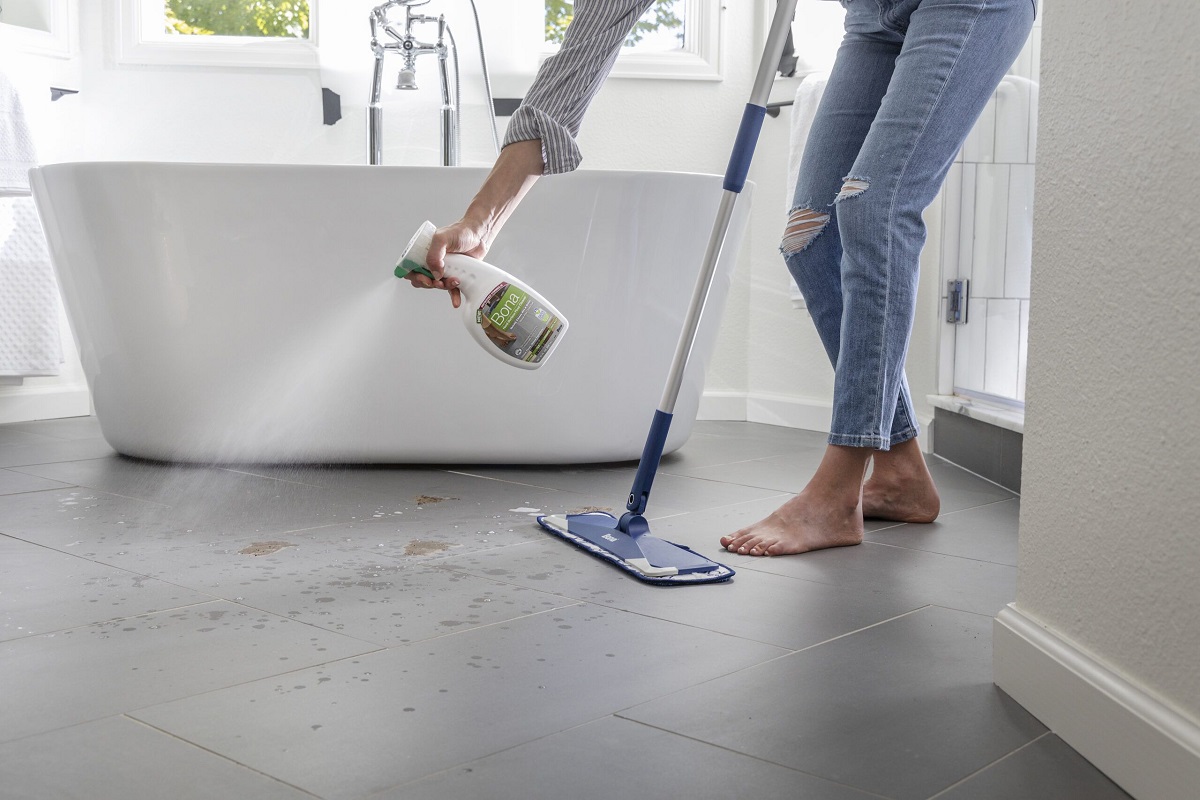
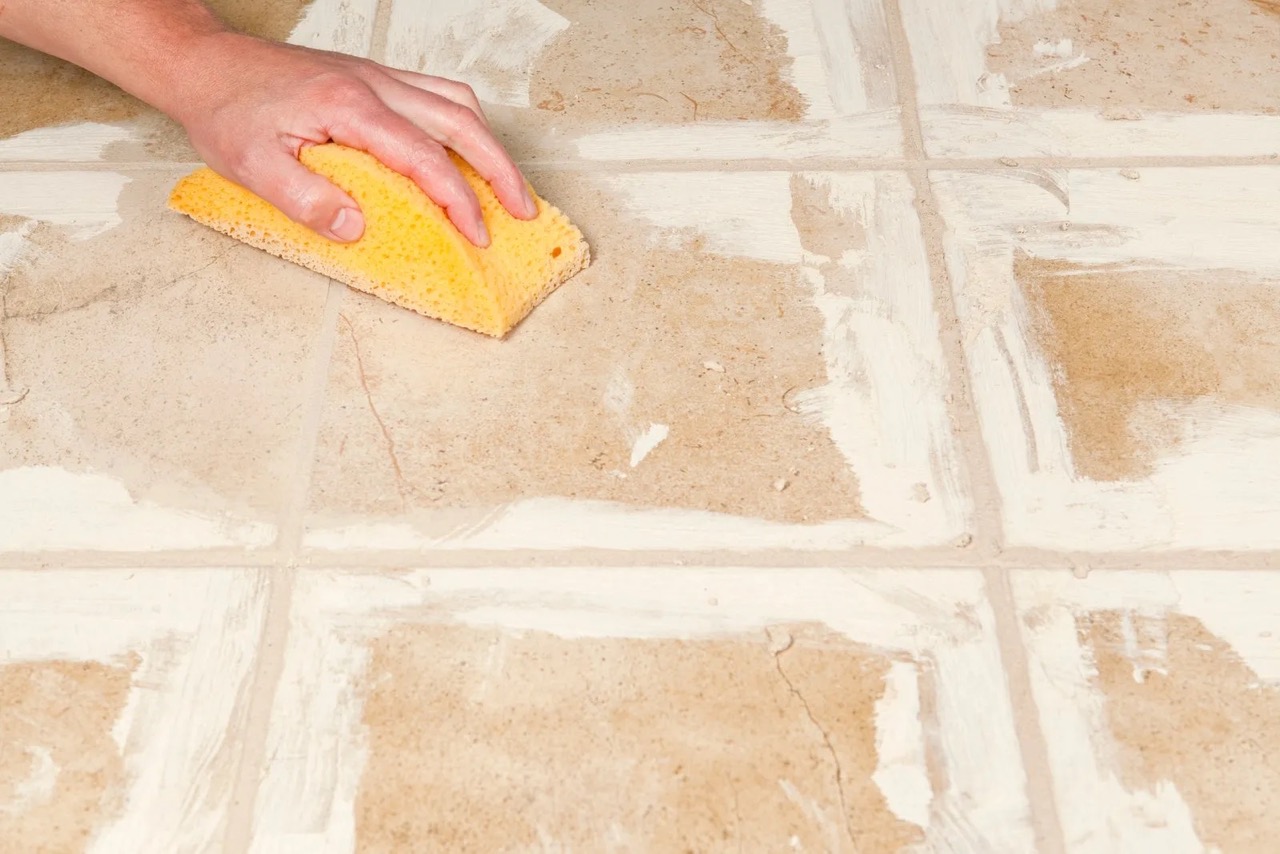
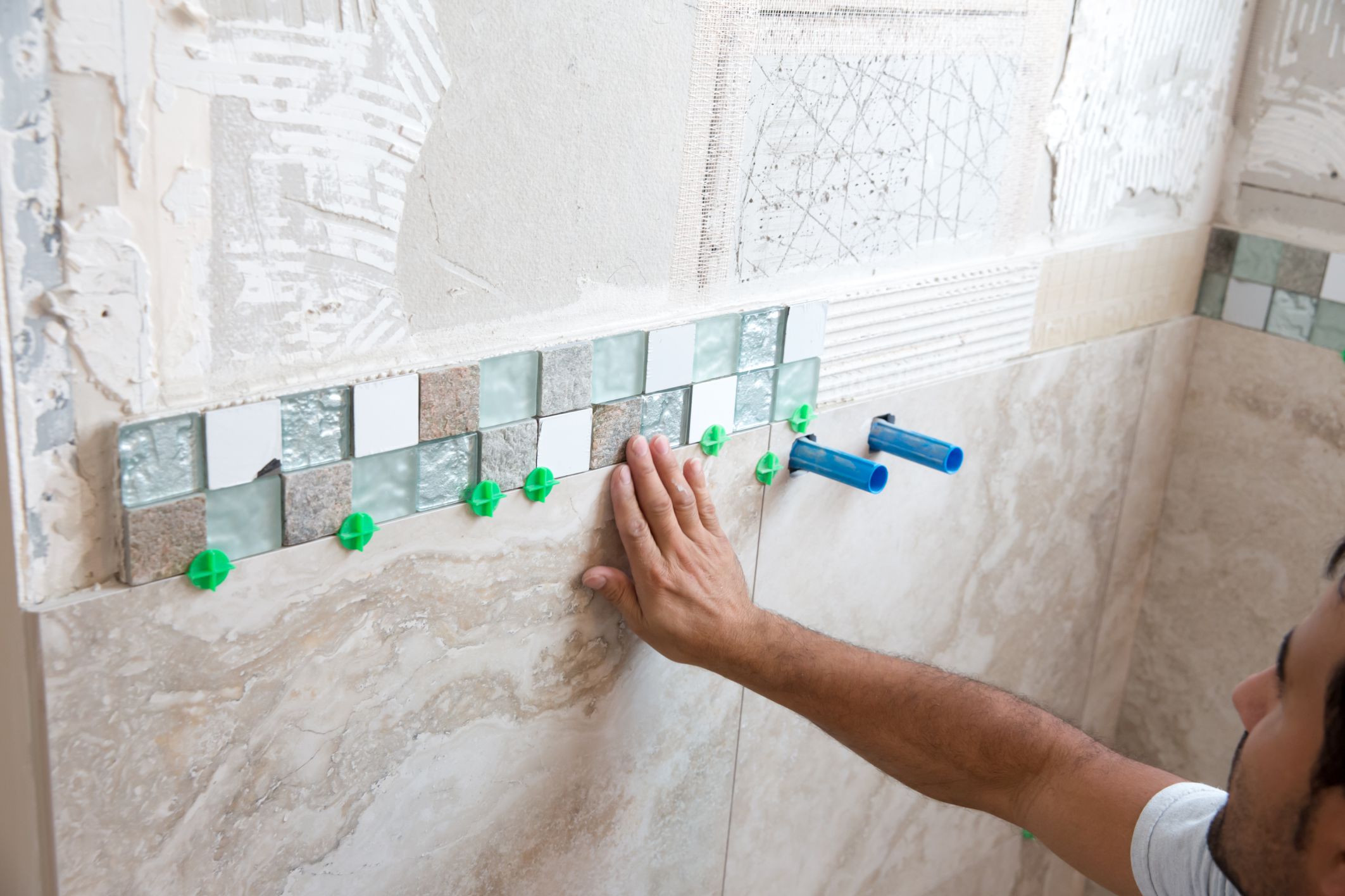
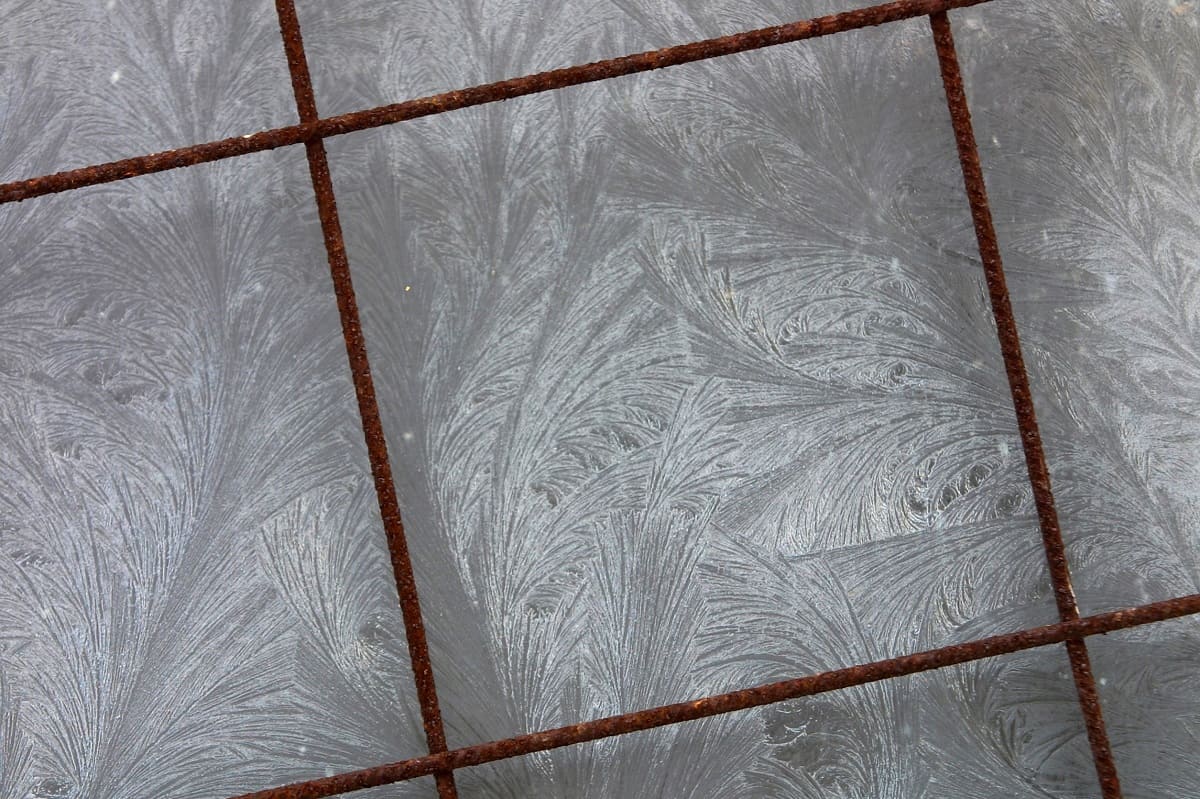
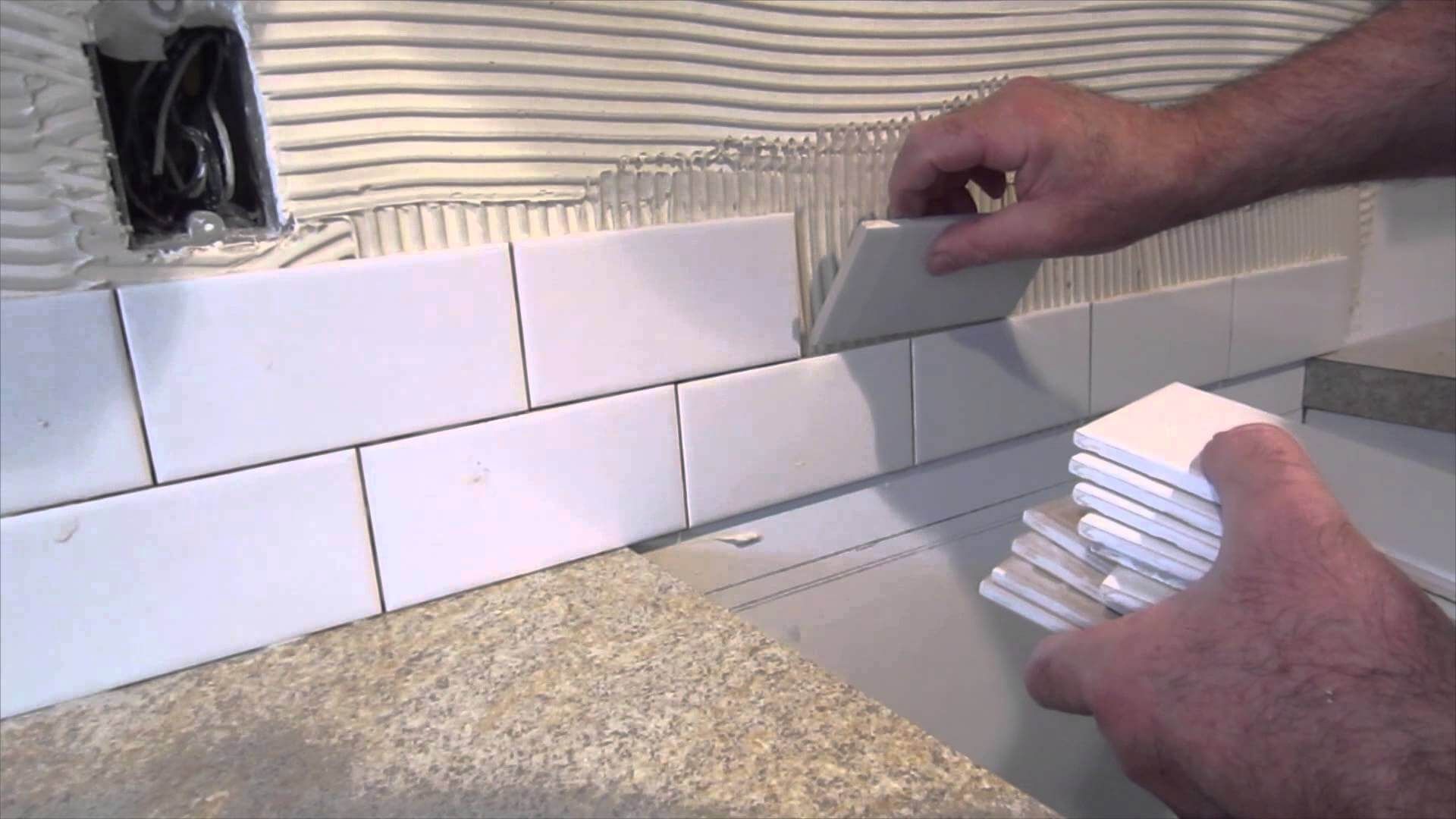
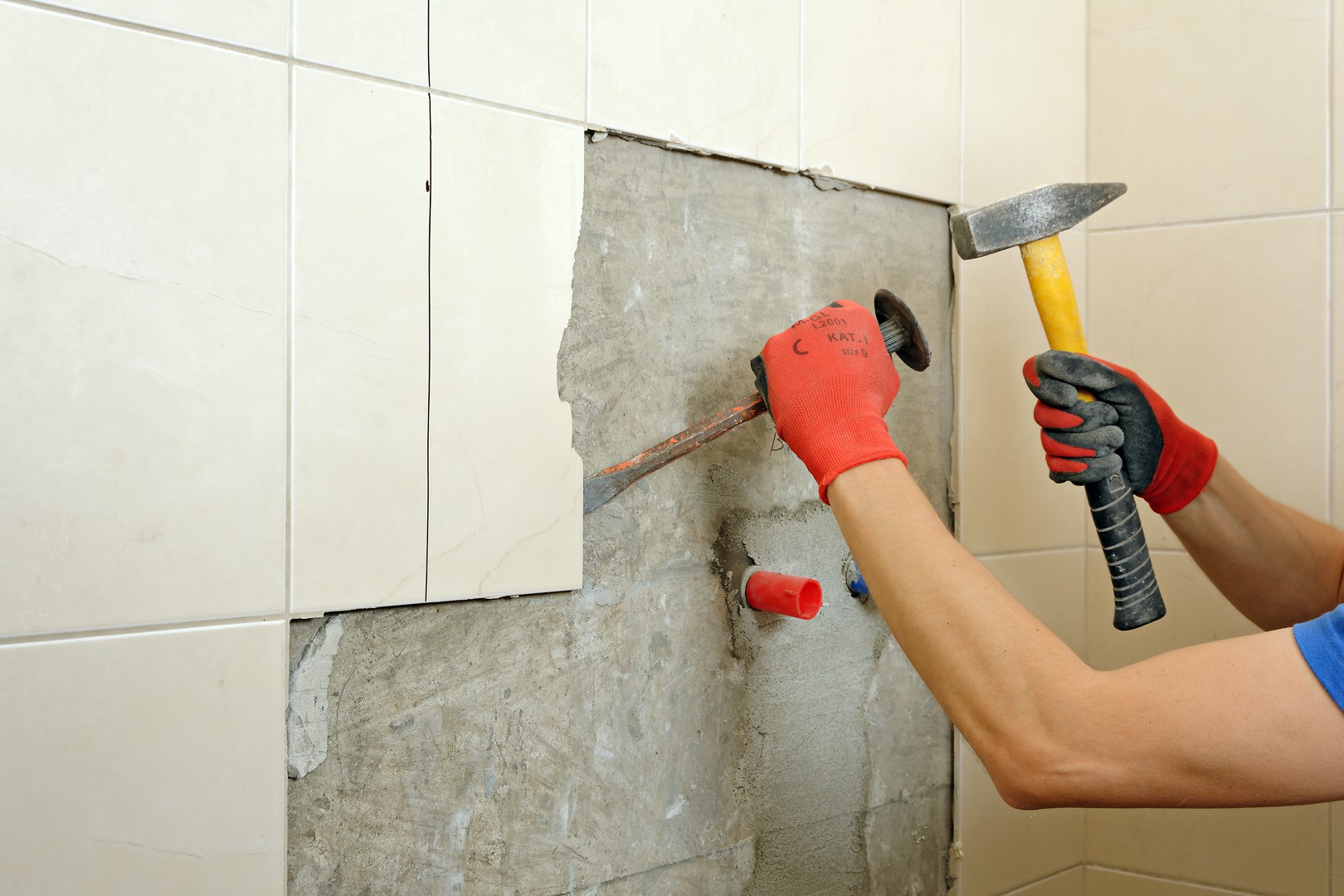
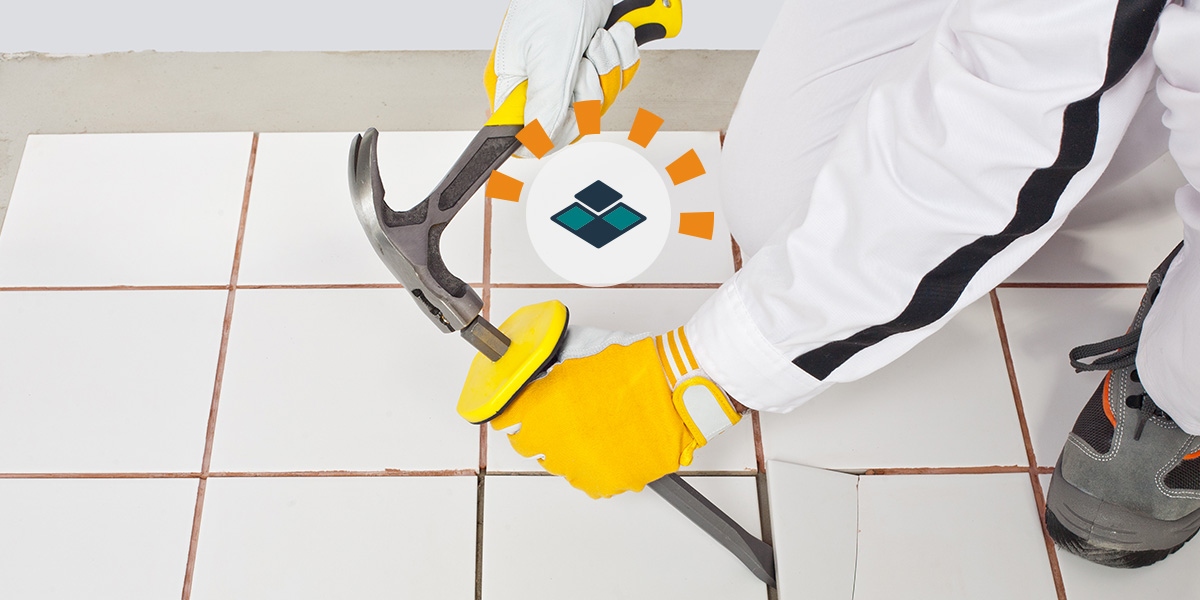
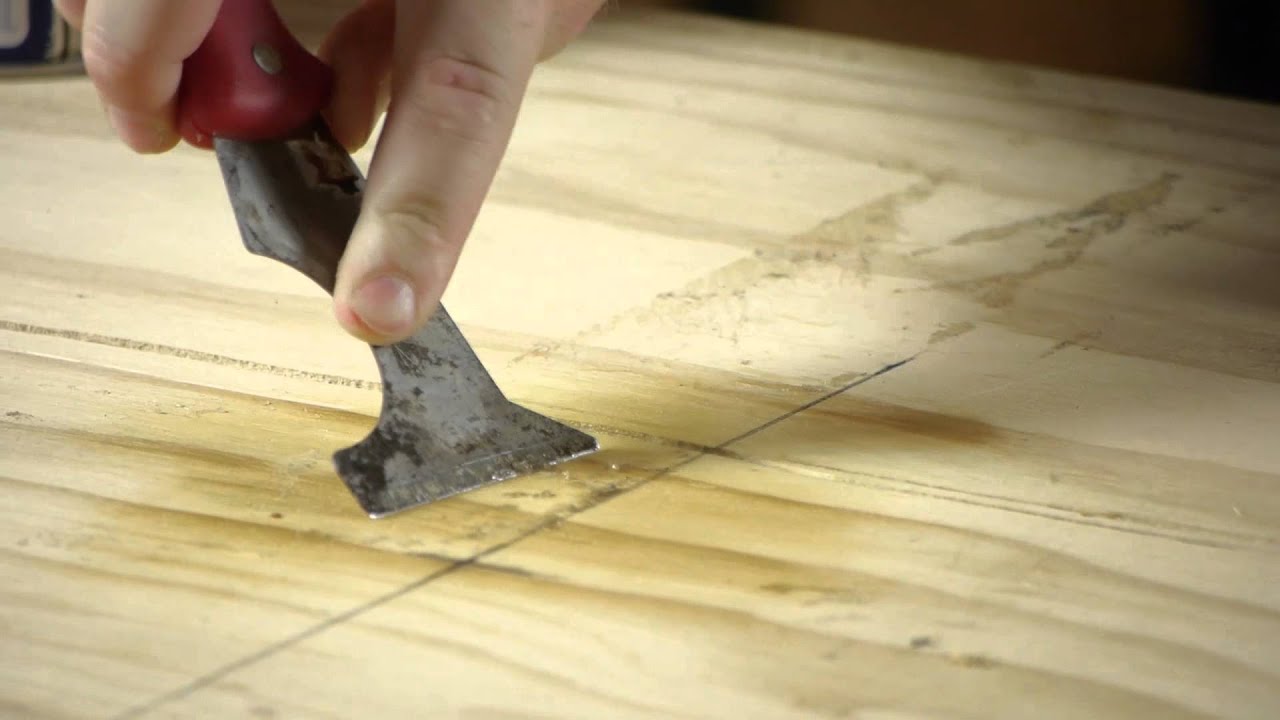
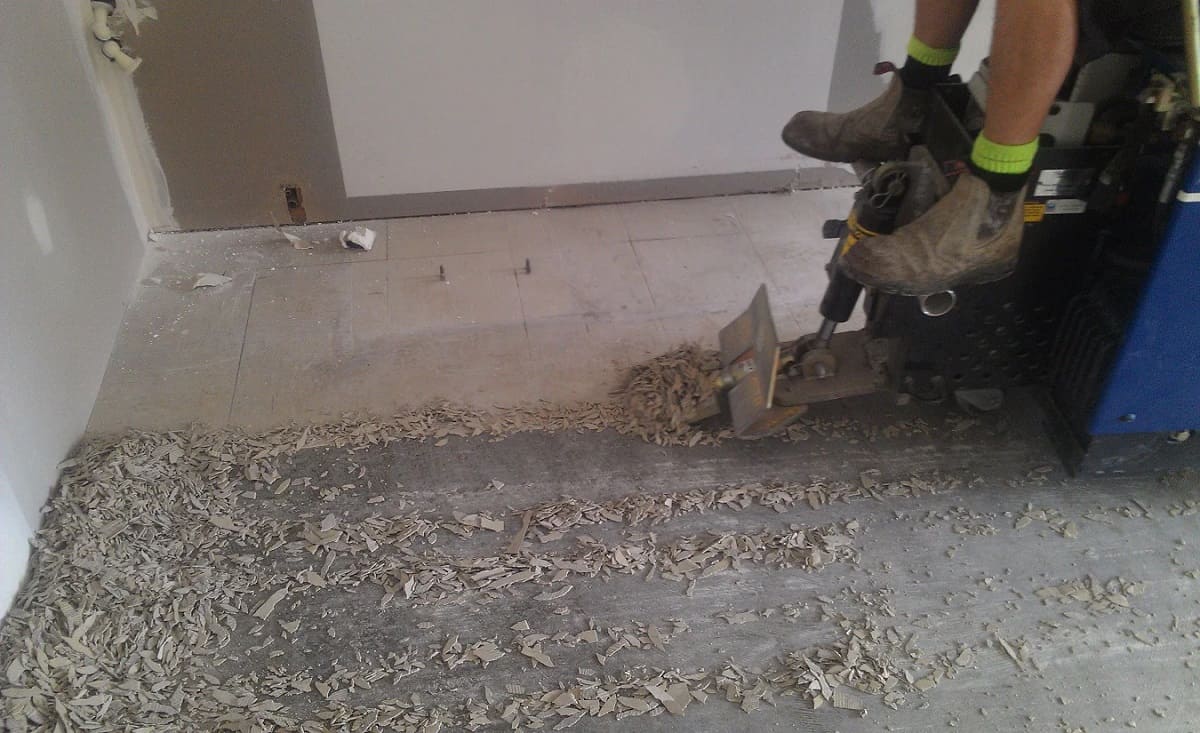
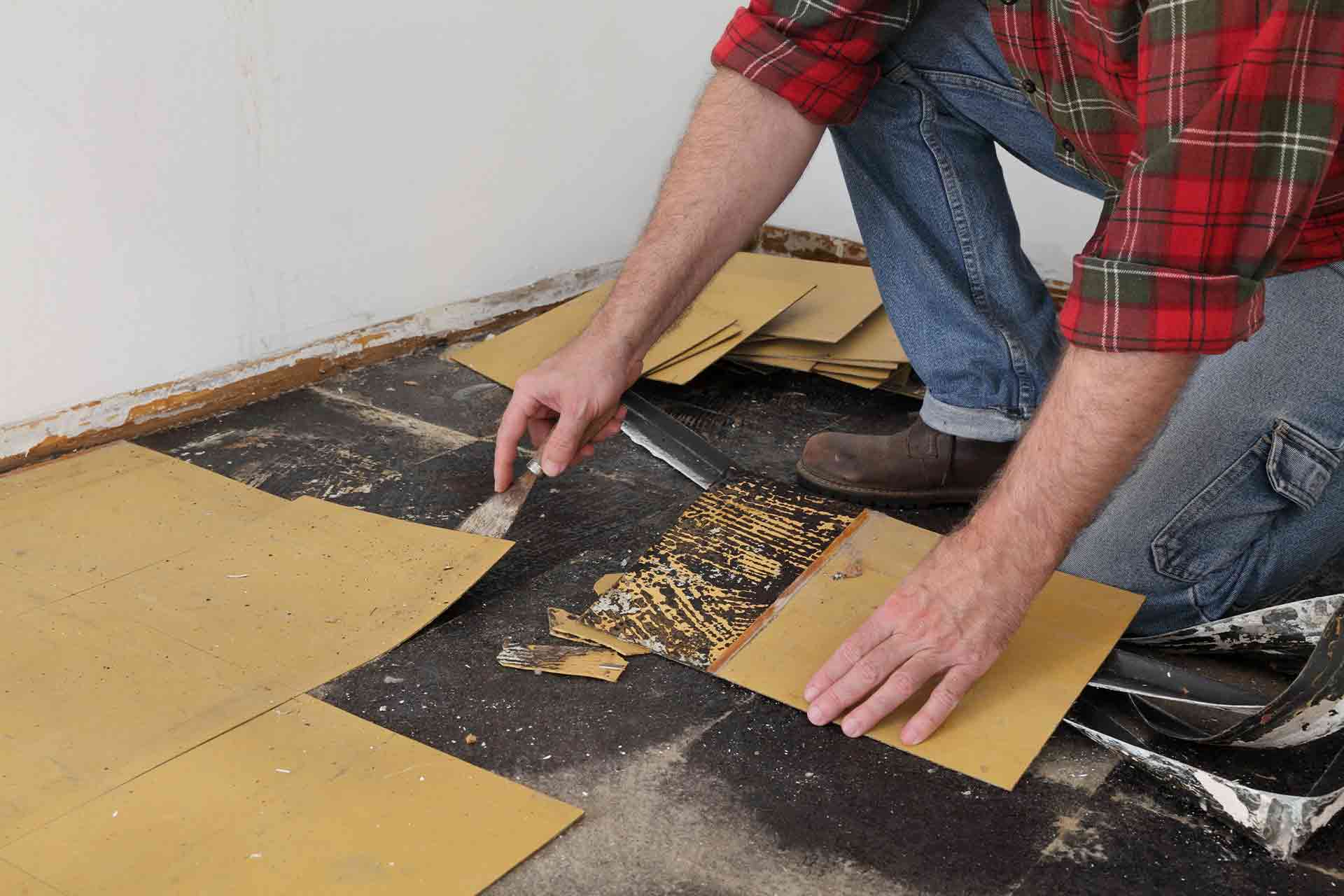
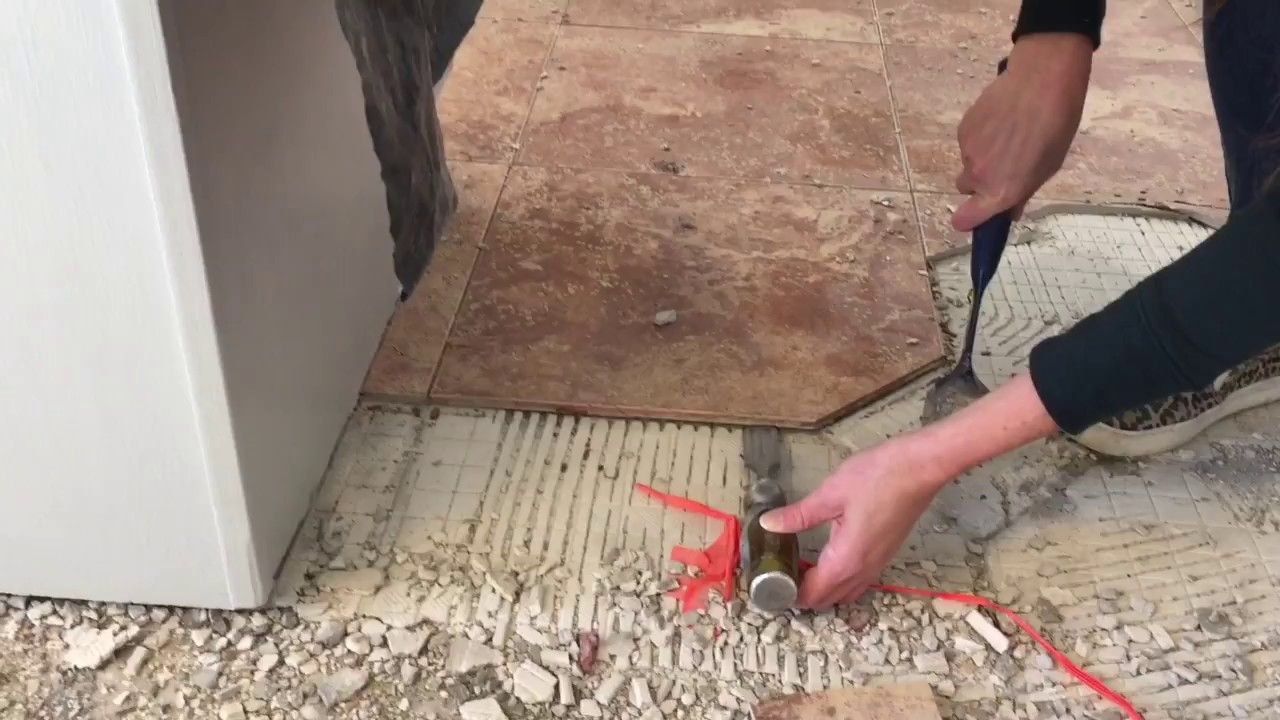
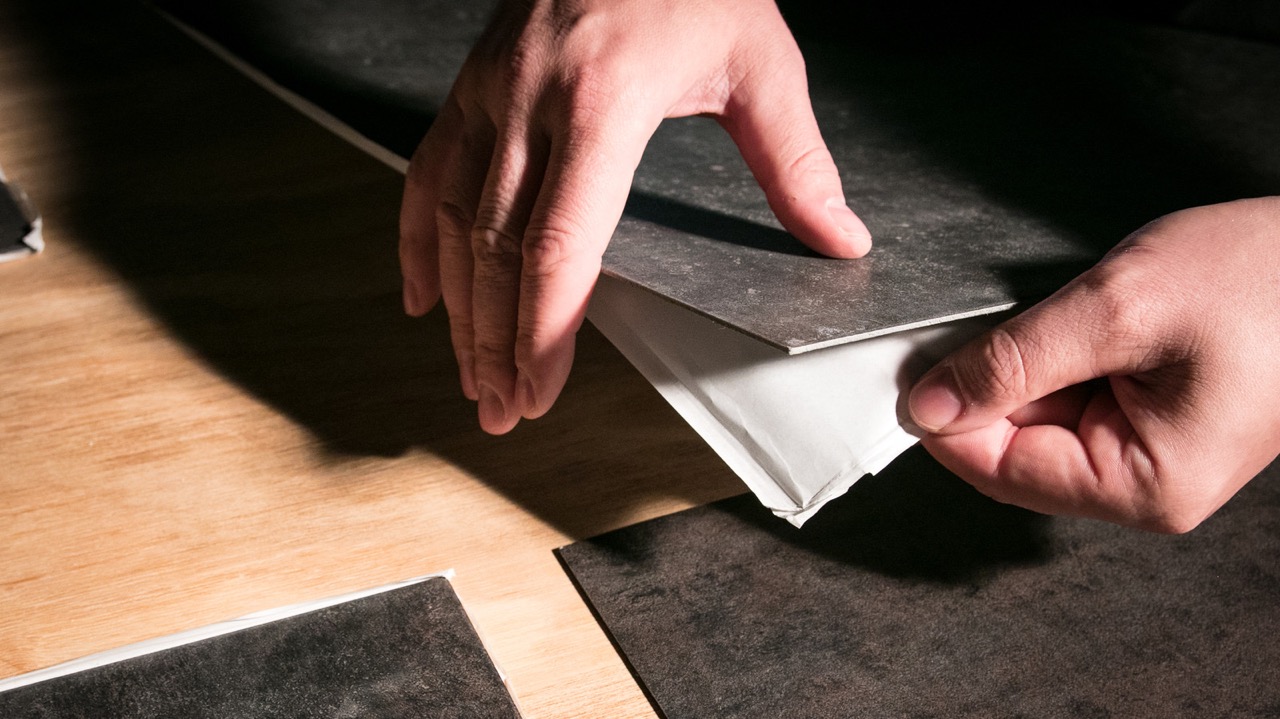
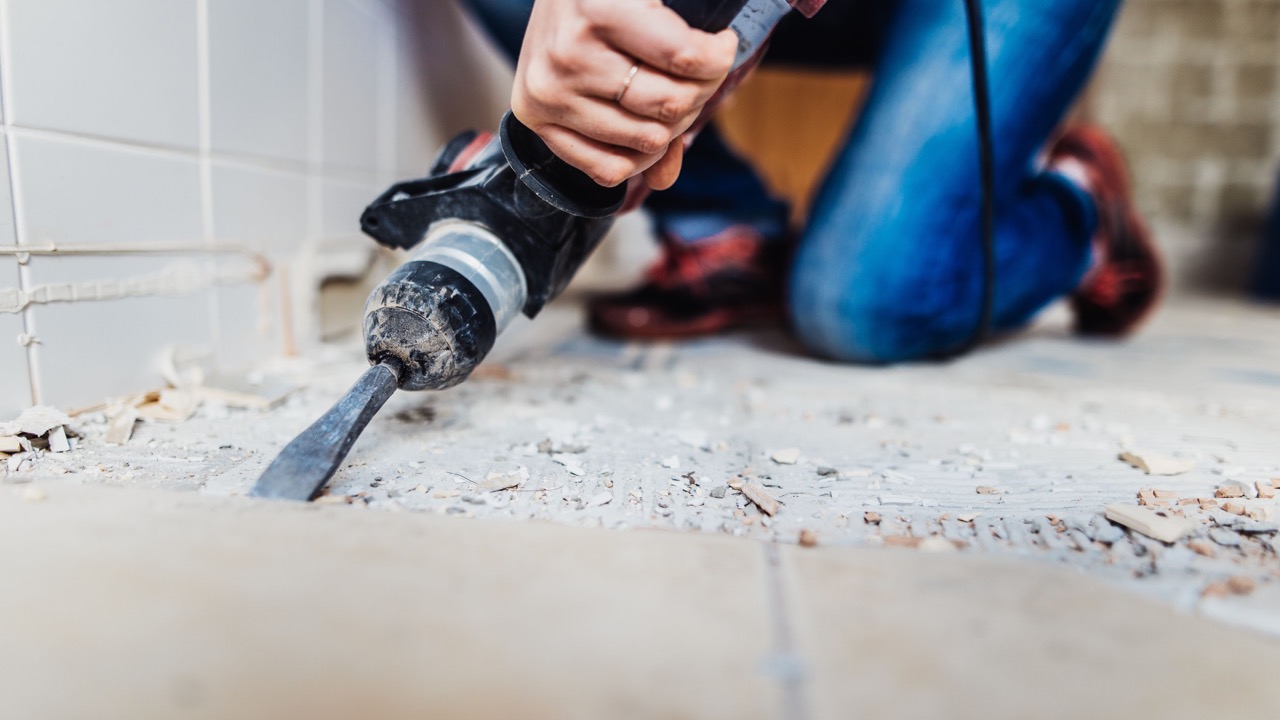

0 thoughts on “How To Remove Floor Tiles: Step-by-step”